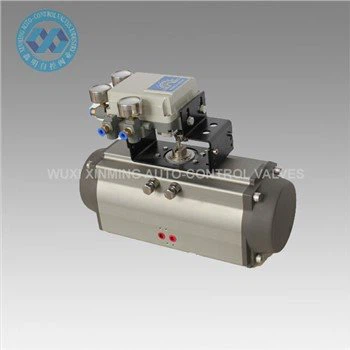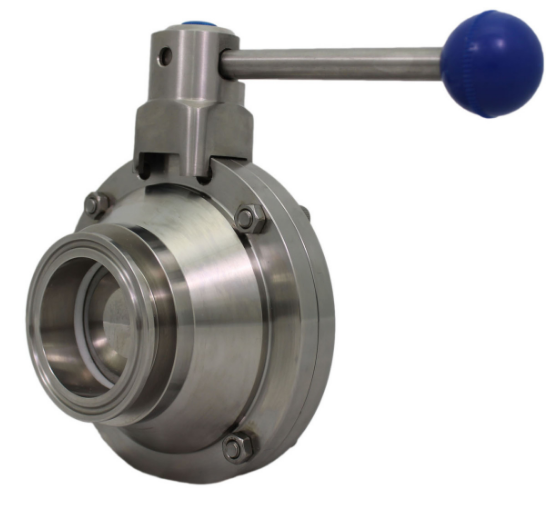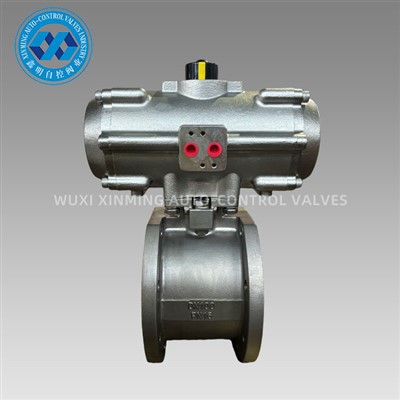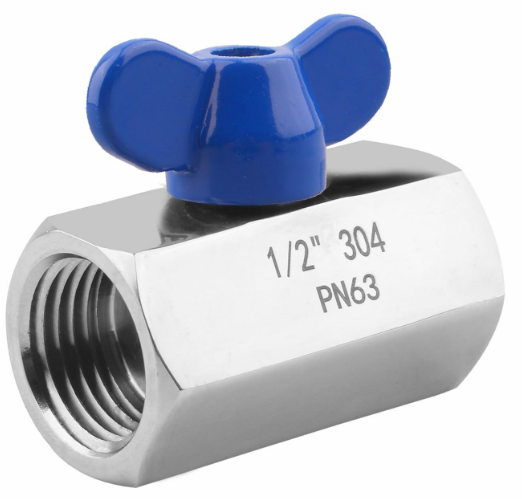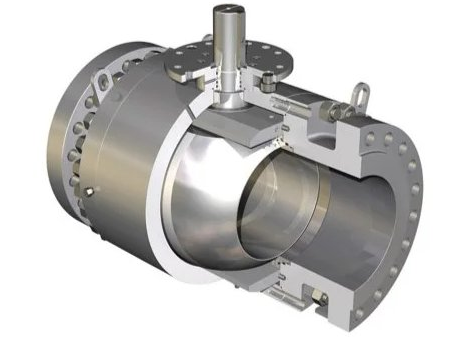Introduction
A rotary pneumatic cylinder, also known as a pneumatic rotary actuator or rotary air cylinder, is a device that converts compressed air energy into rotary motion. Unlike standard linear pneumatic cylinders that produce straight-line movement, rotary pneumatic cylinders create a controlled rotational output, making them ideal for applications that require turning, indexing, or angular positioning.
These devices are widely used in automation systems, material handling, and industrial machinery where precise rotation is needed.
What Is a Rotary Pneumatic Cylinder?
A rotary pneumatic cylinder is essentially a pneumatic actuator designed to produce rotational movement instead of linear stroke. It uses compressed air to drive internal mechanical components—such as vanes, racks, or pistons—that convert linear motion into rotary motion.
Common industry terms include:
-
Rotary pneumatic cylinder – General name for the device.
-
Pneumatic rotary cylinder – Emphasizes the pneumatic drive.
-
Rotary air cylinder actuator – Focuses on the actuator function.
-
Rotating pneumatic cylinder – Highlights continuous or partial rotation capability.
-
Cylinders rotary actuators – Describes their classification.
Working Principle of Pneumatic Rotary Cylinders
While there are several design variations, the basic rotary pneumatic cylinder working principle involves:
-
Air Supply – Compressed air enters the actuator chamber.
-
Motion Generation – Internal components such as vanes or pistons move under air pressure.
-
Rotation Conversion – The linear movement of pistons is converted into rotary motion using:
-
Rack-and-pinion mechanisms – Linear rack engages with a pinion gear to produce rotation.
-
Vane designs – Directly use the vane’s rotation inside a chamber.
-
-
Return or Reverse Motion – Air is supplied to the opposite side (double-acting) or springs are used (single-acting) to return the actuator to its original position.
Depending on the design, rotary air cylinders can provide fixed rotation angles—commonly 90°, 180°, or 270°—or continuous rotation.
Types of Rotary Pneumatic Cylinders
Rotary pneumatic cylinders are available in multiple configurations to suit specific industrial needs.
1. Vane-Type Rotary Pneumatic Cylinder
-
Simple design using a rotor with vanes inside a sealed housing.
-
Compact and cost-effective.
-
Ideal for small torque applications.
2. Rack-and-Pinion Rotary Pneumatic Cylinder
-
Uses pistons connected to racks that drive a pinion gear.
-
Provides high torque and precise angular control.
-
Common in valve actuation and heavy-duty equipment.
3. Helical-Spline Rotary Pneumatic Cylinder
-
Converts piston movement into rotation through a helical spline shaft.
-
Smooth rotation with excellent torque transmission.
-
Used in robotics and specialized automation.
Advantages of Rotary Pneumatic Cylinders
-
Compact Design – Saves space compared to electric or hydraulic rotary actuators.
-
High Torque Output – Suitable for driving heavy loads.
-
Fast Response – Instant actuation for high-speed automation.
-
Durable and Low Maintenance – Few moving parts and robust construction.
-
Safe for Hazardous Environments – No electrical sparks.
Applications of Pneumatic Rotary Cylinders
Rotary pneumatic cylinders are essential in industries that require controlled rotation. Examples include:
-
Valve Automation – Operating ball, butterfly, and plug valves.
-
Material Handling – Rotating workpieces on conveyors or assembly lines.
-
Packaging Machinery – Indexing tables and product positioning.
-
Robotics – Rotational joints and end-effector positioning.
-
Automotive Manufacturing – Component assembly and turning stations.
Maintenance Tips
-
Ensure clean, dry air supply to prevent corrosion and wear.
-
Lubricate moving components according to manufacturer guidelines.
-
Regularly inspect seals to prevent air leakage.
-
Check rotation angle stops for wear or misalignment.
Conclusion
A rotary pneumatic cylinder is a versatile and efficient actuator for converting compressed air into rotational motion. With designs ranging from vane type to rack-and-pinion, these actuators provide reliable torque, precise angular positioning, and long service life.
If you want to learn more about low-priced products, please visit the following website: www.xm-valveactuator.com







